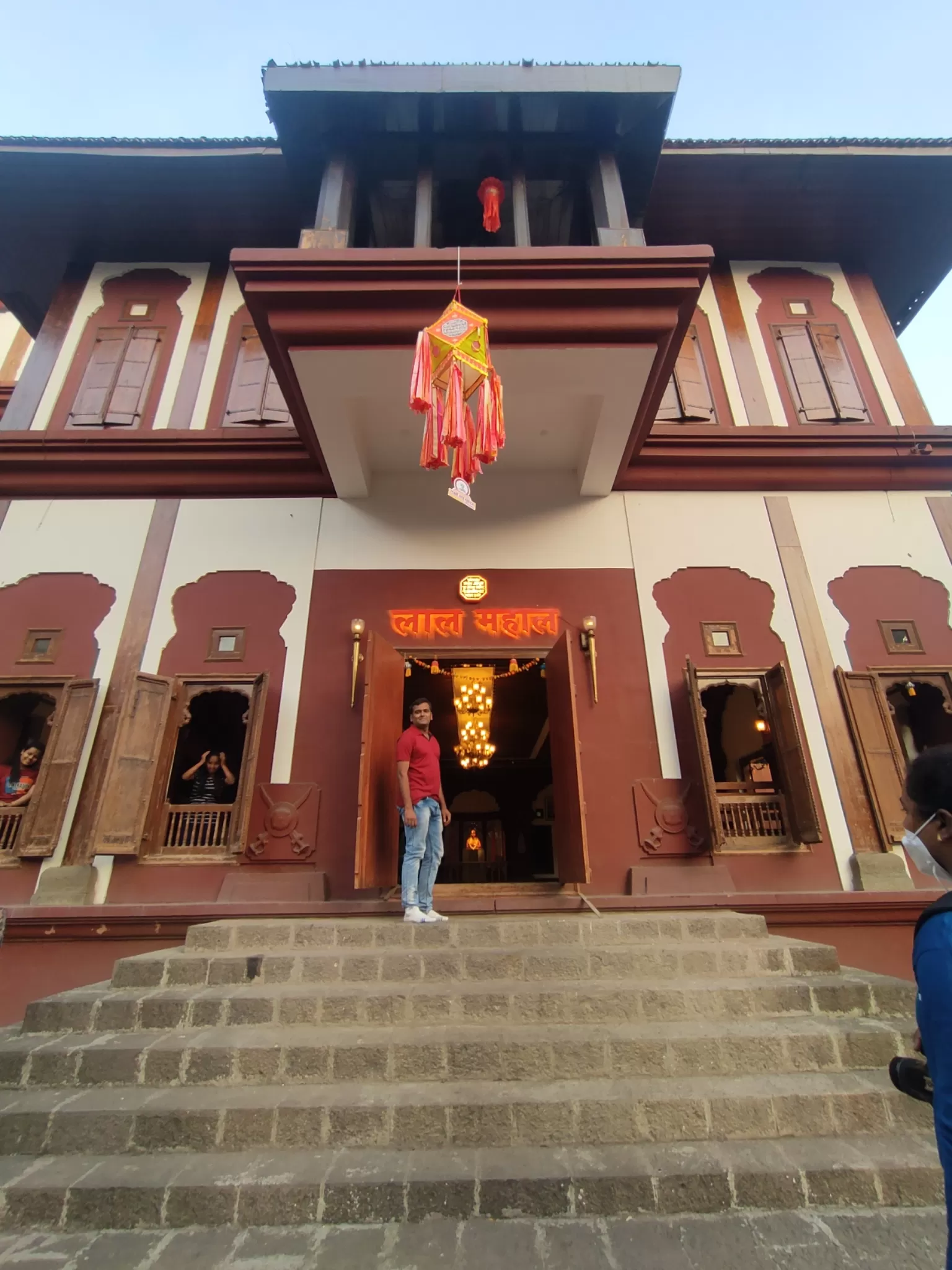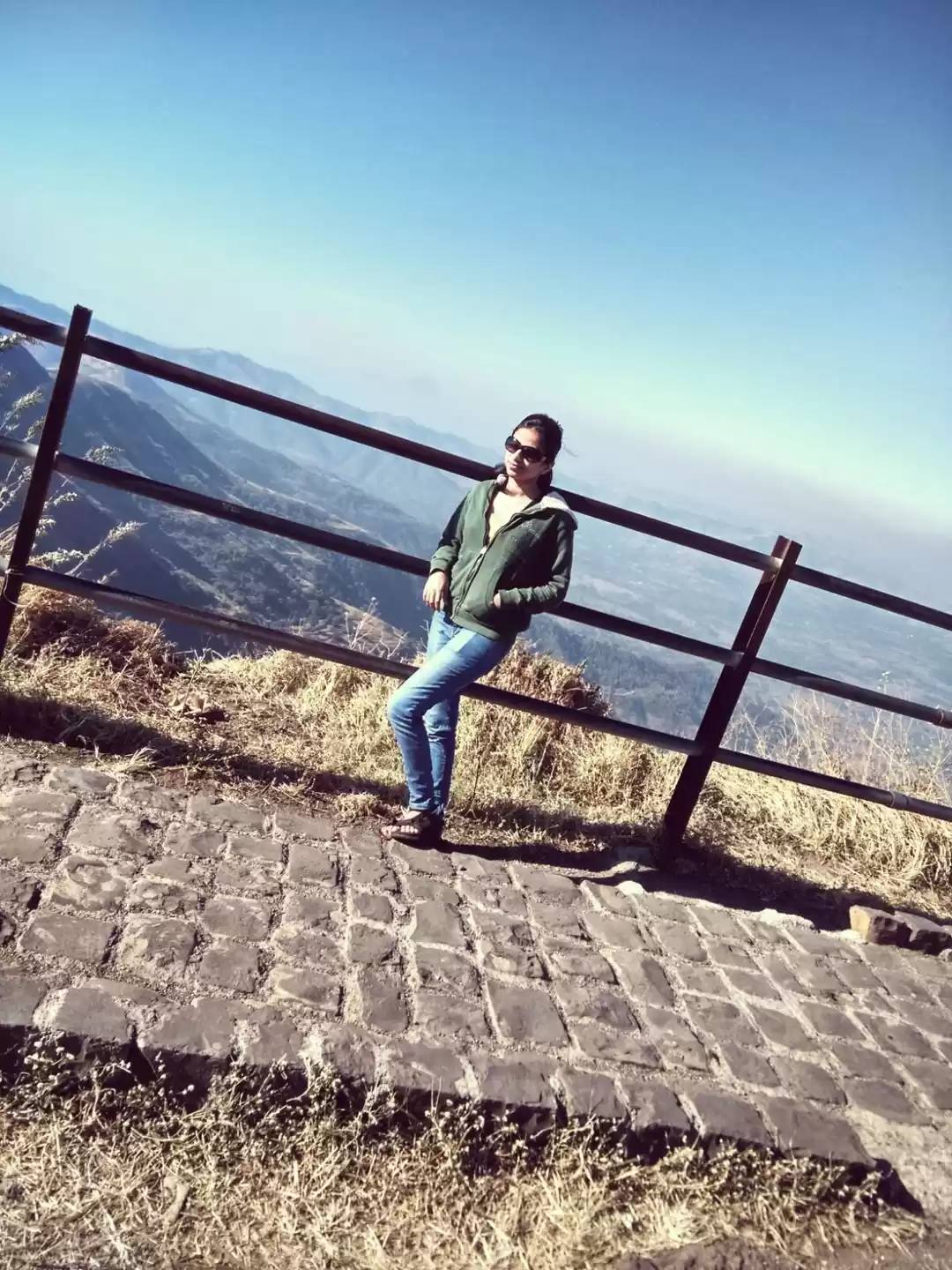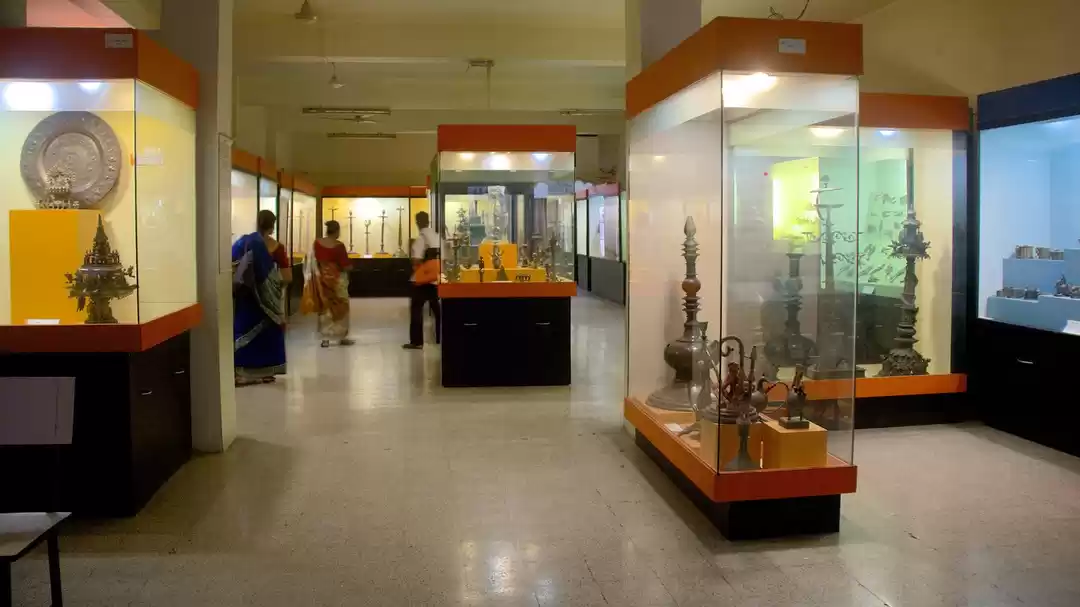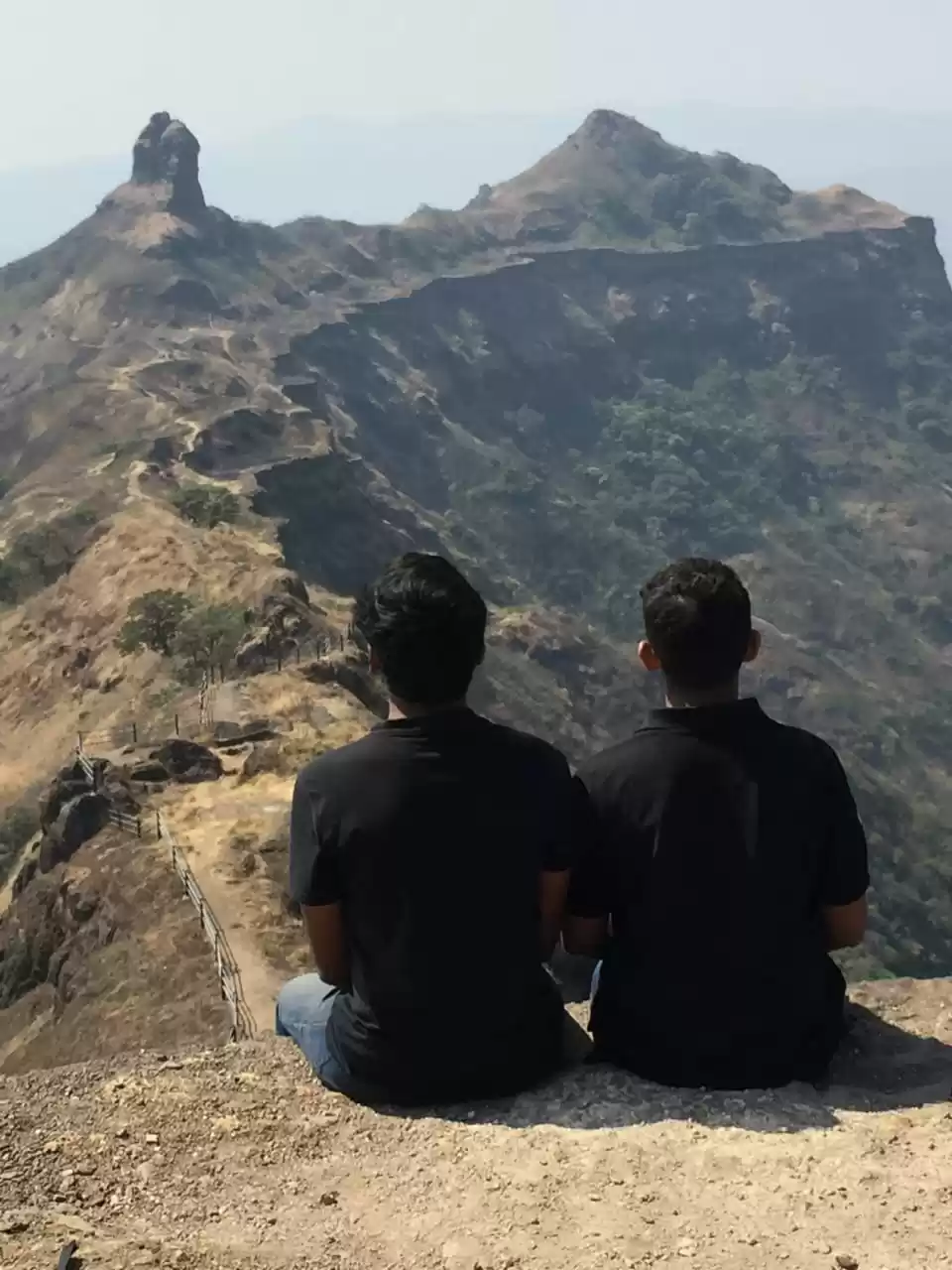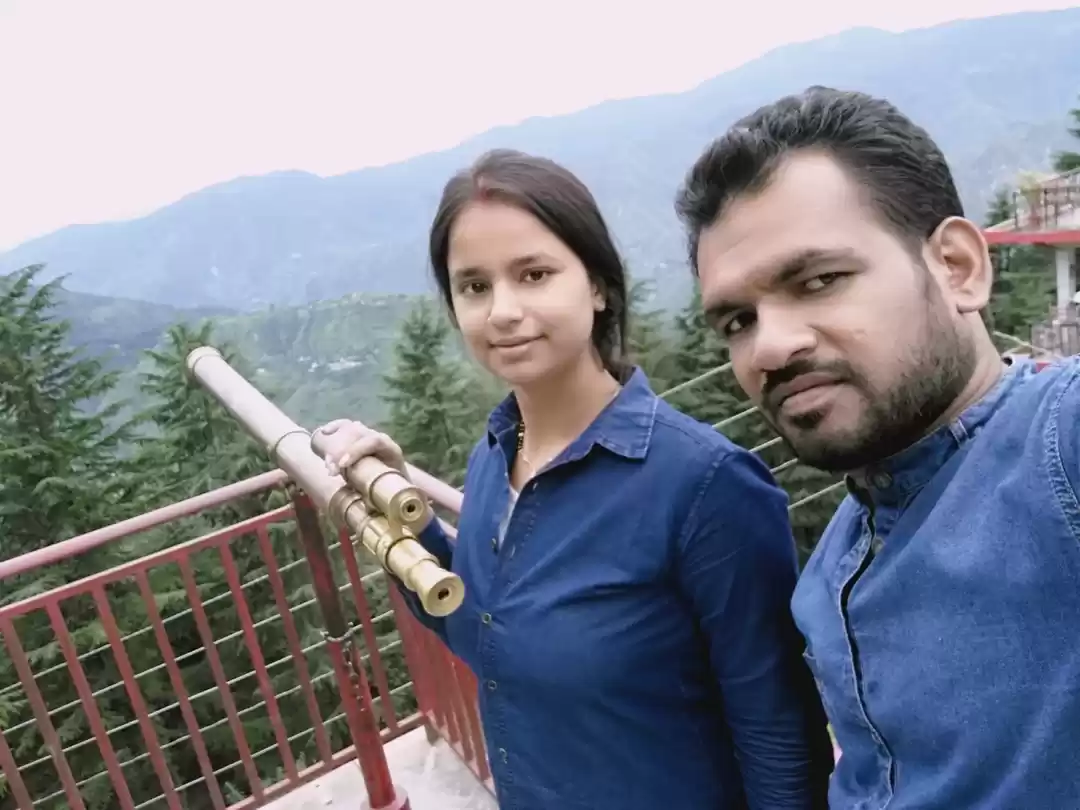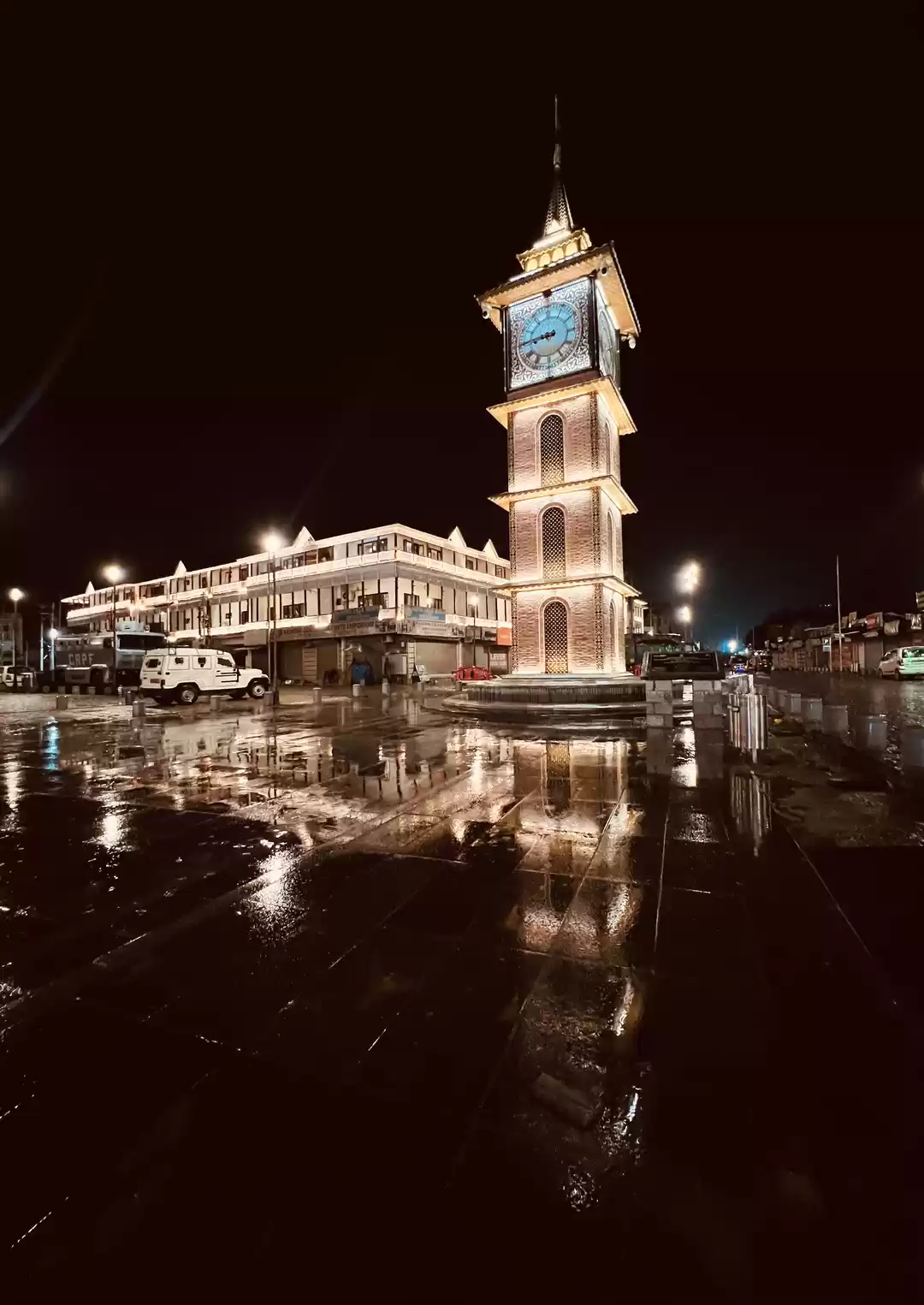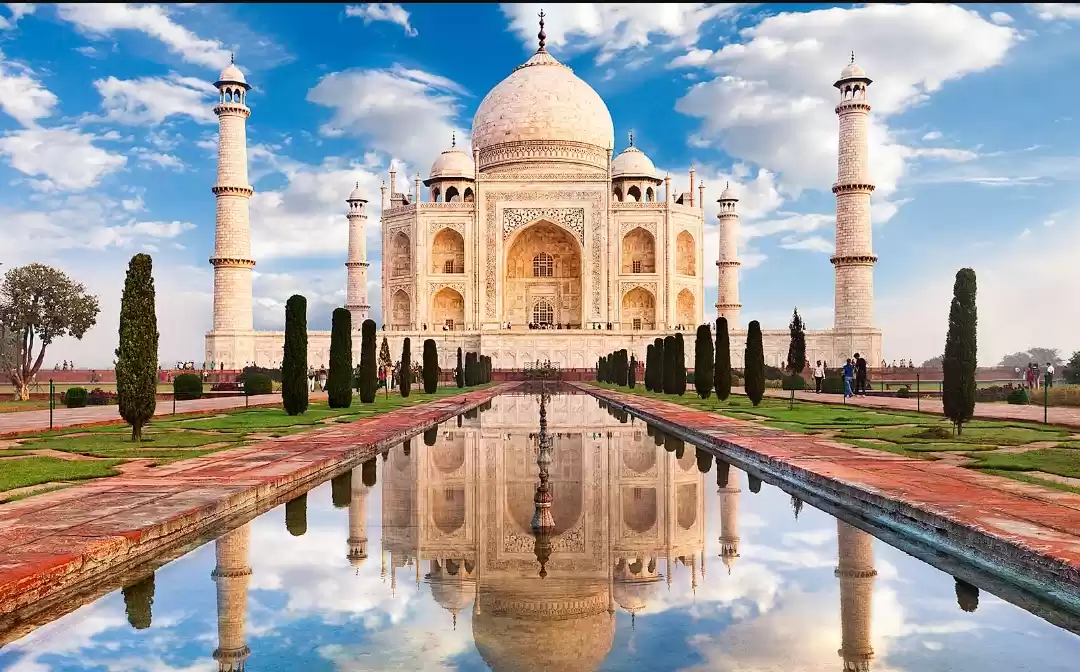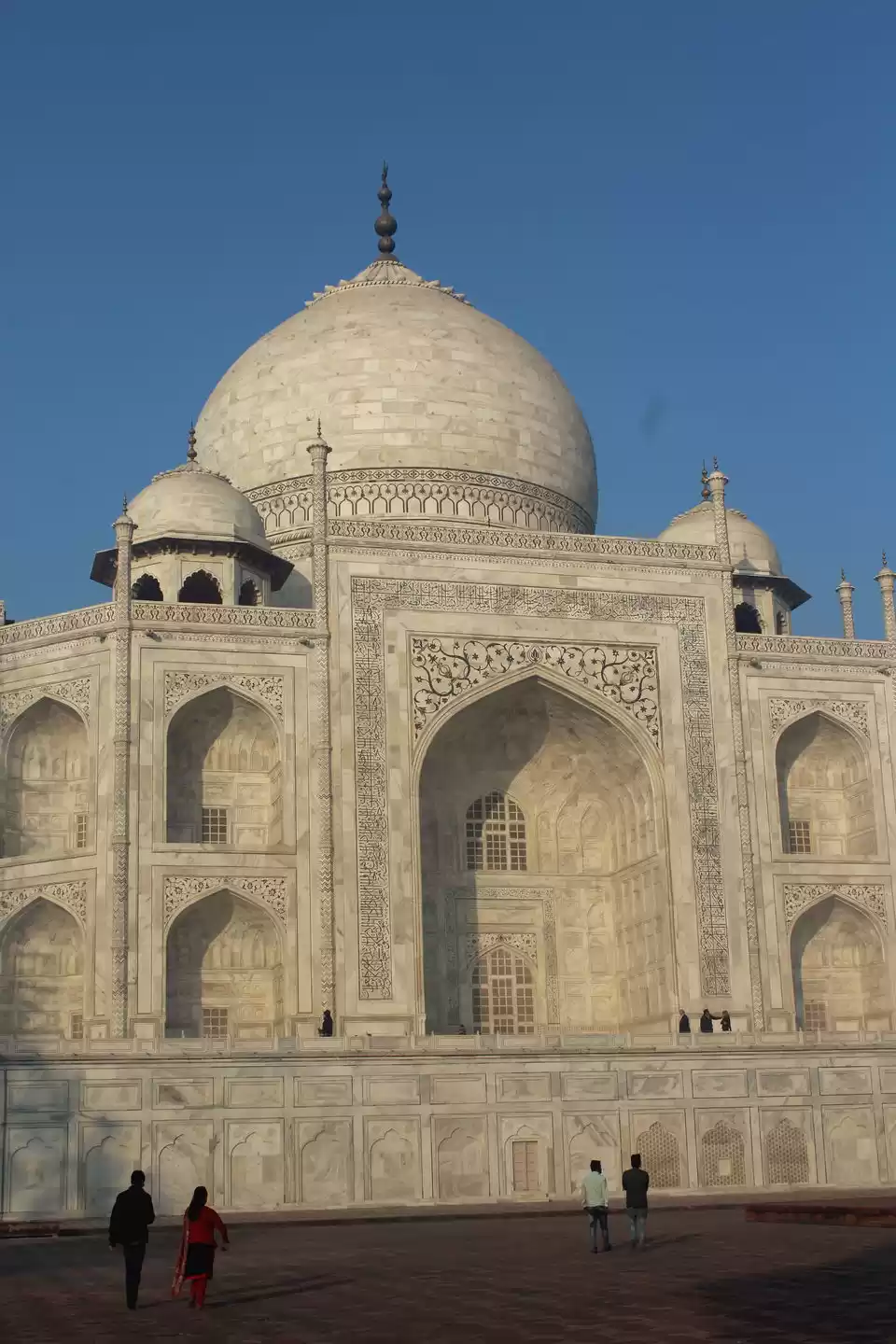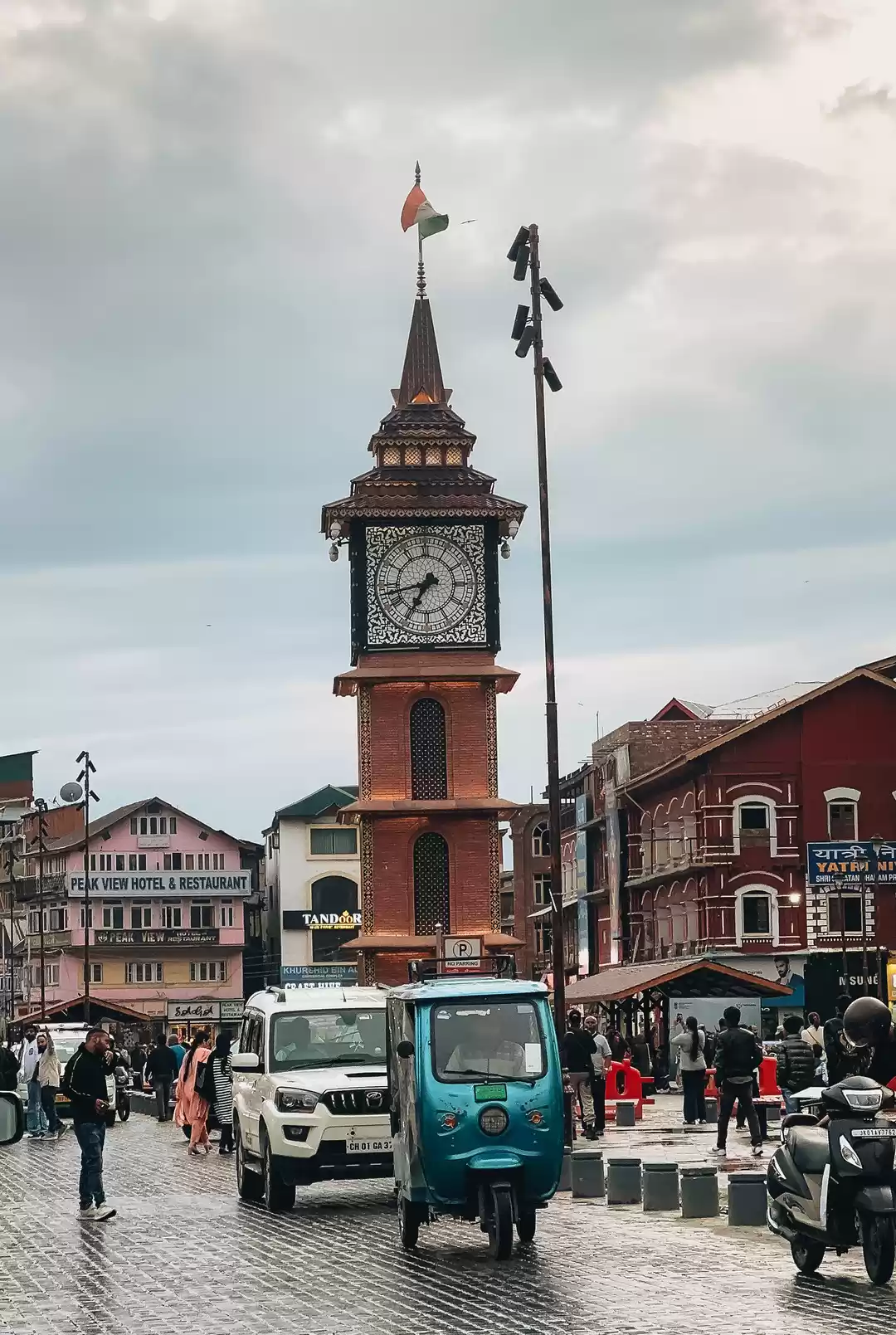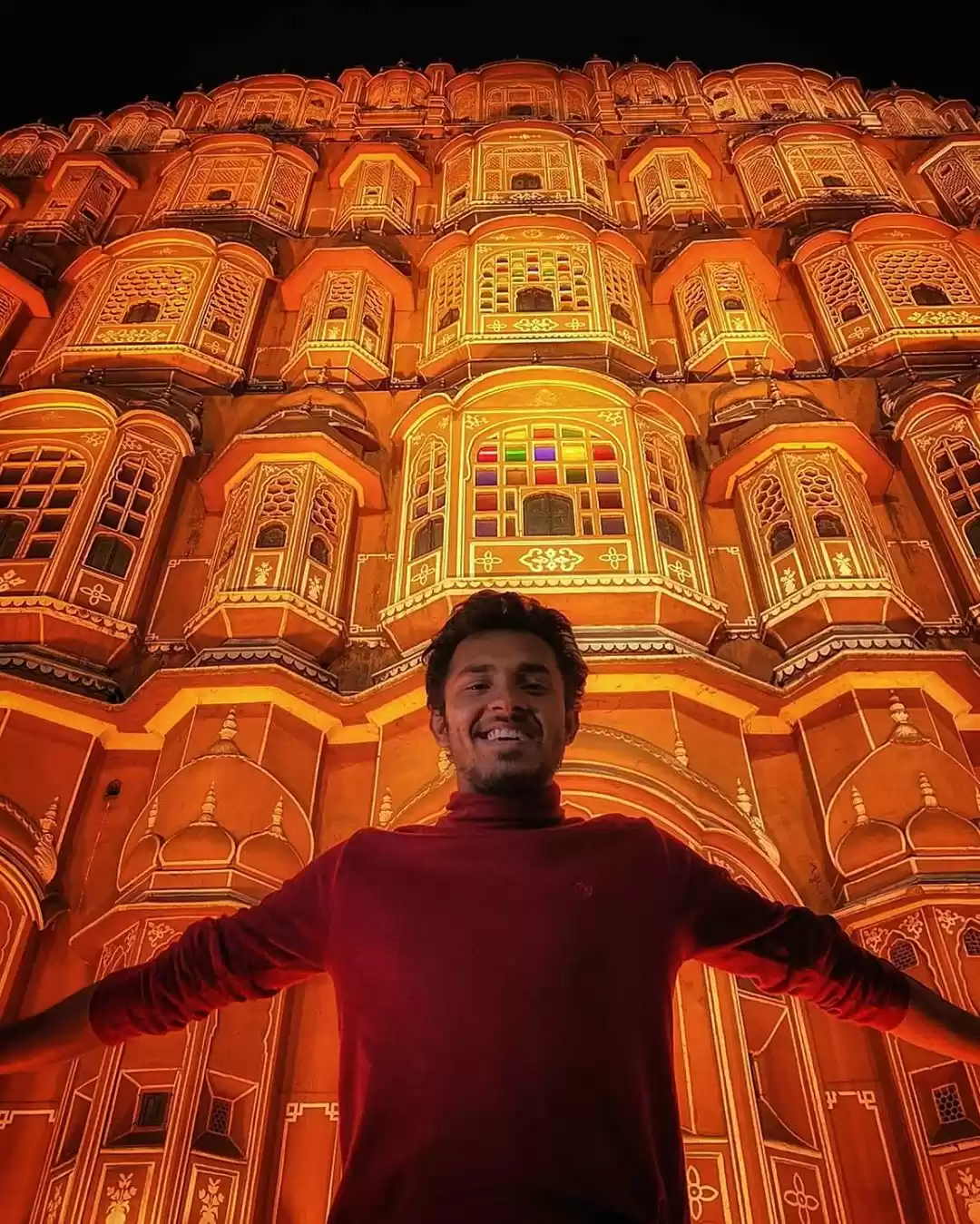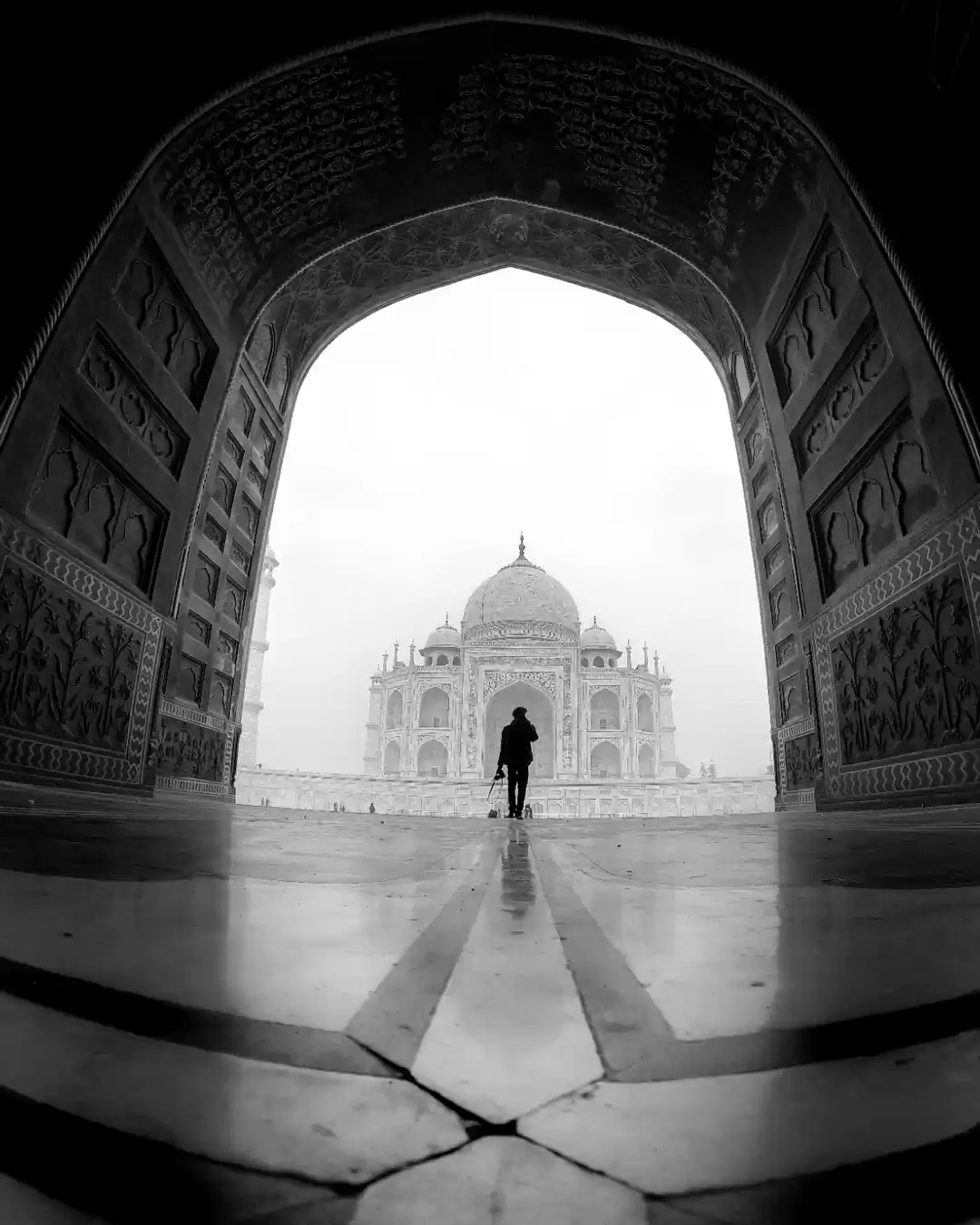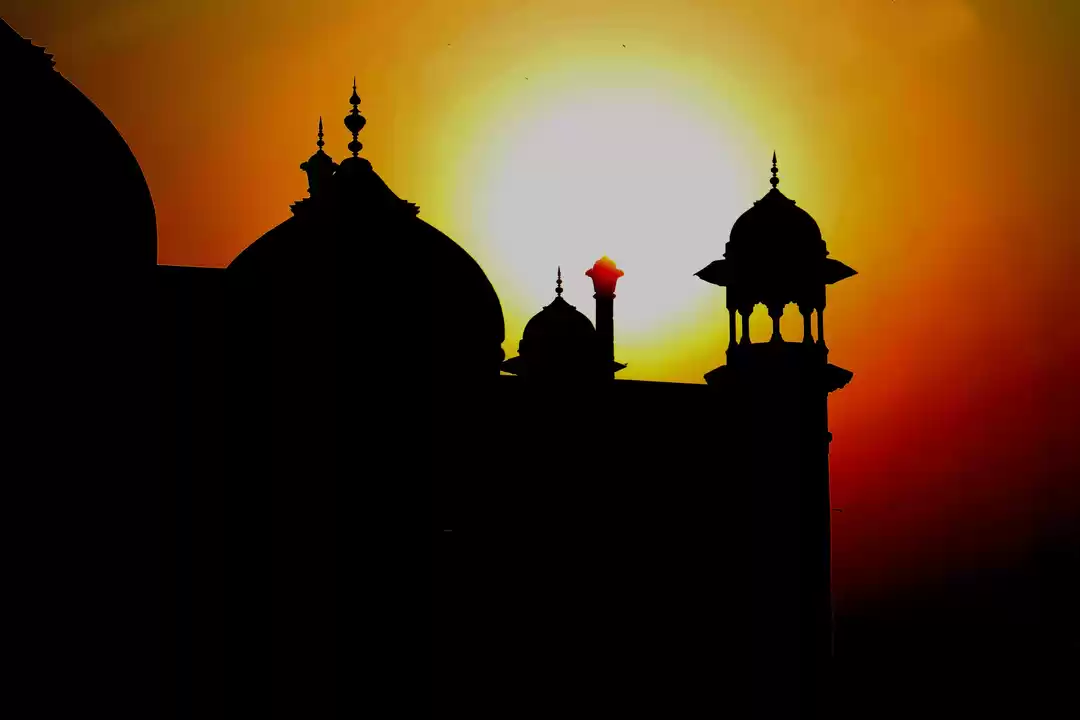Lal Mahal Pune is a red brick building that stands as a testimony to the glorious past of the Maratha Empire. It was the childhood home of Shivaji Maharaj, the legendary warrior king who fought against the Mughal rule and established a sovereign state in the 17th century. Lal Mahal Pune is not only a historical attraction, but also a cultural one, as it displays various aspects of Shivaji’s life, achievements, and values. If you are looking for a place to learn more about the history and culture of Maharashtra, Lal Mahal Pune is a must-visit destination.

History of Lal Mahal Pune
Lal Mahal Pune was built in 1630 by Shivaji’s father, Shahaji Bhosale, as a residence for his family. Shivaji spent his early years in Lal Mahal Pune, along with his mother Jijabai and his tutor Dadoji Konddeo. It was here that Shivaji developed his skills in warfare, administration, and diplomacy. He also performed many heroic deeds at Lal Mahal Pune, such as slaying a tiger with his bare hands, escaping from the clutches of Afzal Khan’s army, and most famously, cutting off the fingers of Shaista Khan, the Mughal governor who had invaded Pune and occupied Lal Mahal in 1663.
Lal Mahal Pune witnessed many historical events and changes over the years. It was damaged by several attacks and fires, and eventually fell into ruins. It was rebuilt by the Pune Municipal Corporation in 1988, based on the original design and dimensions. The new Lal Mahal Pune was inaugurated by Rajiv Gandhi, the then Prime Minister of India. Today, Lal Mahal Pune is a popular tourist attraction that attracts thousands of visitors every year.
Also Read: Pune - The Cultural Capital A.K.A. "Oxford" of Maharashtra
Structure and Features of Lal Mahal Pune
Lal Mahal Pune is a four-storeyed building that has a simple yet elegant architecture. The exterior walls are painted red to give it a royal look. The entrance gate has a statue of Jijabai holding young Shivaji in her arms. The interior of Lal Mahal Pune has been converted into a museum that showcases various aspects of Shivaji’s life and legacy. Some of the features of Lal Mahal Pune are:
Paintings: The walls of Lal Mahal Pune are adorned with paintings that depict scenes from Shivaji’s life, such as his coronation, his battles, his forts, his administration, his diplomacy, etc. The paintings are colorful and realistic, and provide a glimpse into the history and culture of Maharashtra.
Weapons: Lal Mahal Pune also displays some of the weapons that were used by Shivaji and his army, such as swords, daggers, shields, spears, bows, arrows, etc. The weapons are well-preserved and exhibit the craftsmanship and skill of the Maratha warriors.
Artifacts: Lal Mahal Pune also exhibits some artifacts that belonged to Shivaji and his family, such as his throne, his turban, his clothes, his utensils, his coins, his letters, etc. The artifacts are valuable and rare, and reflect the lifestyle and personality of Shivaji.
Statue of Jijabai: One of the most prominent features of Lal Mahal Pune is the statue of Jijabai, Shivaji’s mother and mentor. Jijabai was a strong and influential woman who played a crucial role in shaping Shivaji’s character and vision. She instilled in him the values of courage, patriotism, justice, and devotion. The statue of Jijabai depicts her as a proud and dignified mother who holds her son’s hand and blesses him.
Map of Maharashtra Forts: Another interesting feature of Lal Mahal Pune is the map of Maharashtra forts that covers an entire wall. The map shows the location and name of all the forts that were built or captured by Shivaji during his reign. The map also has lights that indicate which forts are still under the control of Maharashtra government. The map is an impressive display of Shivaji’s strategic genius and military prowess.

You May Love: Rajmachi Fort: Trek with the Fireflies
Tips for Visitors
If you are planning to visit Lal Mahal Pune, here are some tips that will help you make the most of your trip:
How to reach: Lal Mahal Pune is located in Kasba Peth area in central Pune. You can reach there by various modes of transport such as bus (PMC bus no. 11), train (Pune railway station), taxi (Ola or Uber), car (parking available near Shaniwar Wada), bike (rental available near Raja Dinkar Kelkar Museum), or walk (about 2 km from Shaniwar Wada).
Timings and entry fee: Lal Mahal Pune is open from 9 am to 6 pm on all days except Wednesdays. The entry fee is free for children below 12 years and senior citizens above 65 years. For others, the entry fee is nominal at Rs. 5 per person.
What to expect: Lal Mahal Pune is a small and compact museum that can be explored in about an hour. You can expect to see paintings, weapons, artifacts, statue of Jijabai, and map of Maharashtra forts. You can also take photos and videos inside the museum, but without flash or tripod. You can also buy souvenirs such as books, postcards, magnets, etc. from the museum shop.
What to carry and avoid: You should carry a water bottle, a hat, a sunscreen, and a camera with you when you visit Lal Mahal Pune. You should avoid carrying any food, drinks, tobacco, or inflammable items inside the museum. You should also avoid touching or damaging any of the exhibits or paintings.
Nearby attractions and amenities: Lal Mahal Pune is surrounded by many other attractions and amenities that you can visit or use during your trip. Some of the nearby attractions are Shaniwar Wada (a grand palace and fort of the Peshwas), Raja Dinkar Kelkar Museum (a museum of Indian art and crafts), Vishrambaug Wada (a mansion of the Peshwa Bajirao II), Dagdusheth Halwai Ganpati Temple (a famous temple of Lord Ganesha), etc. Some of the nearby amenities are Hotel Shreyas (a budget hotel with a restaurant), Hotel Basera (a mid-range hotel with a bar), Hotel Ritz (a luxury hotel with a spa), Cafe Goodluck (a popular cafe for snacks and coffee), etc.
Conclusion
Lal Mahal Pune is a historical and cultural gem in the heart of the city that offers a glimpse into the life and legacy of Shivaji Maharaj, the founder of the Maratha Empire. It is a place where you can learn more about the history and culture of Maharashtra, and admire the paintings, weapons, artifacts, statue of Jijabai, and map of Maharashtra forts.
If you are looking for a place to visit in Pune that is rich in heritage and value, Lal Mahal Pune is a must-visit destination.








